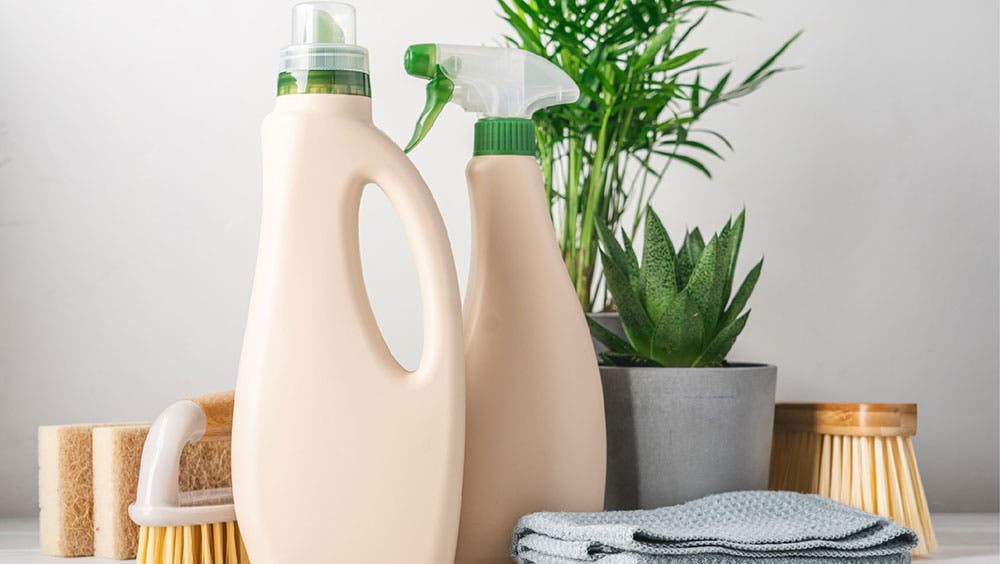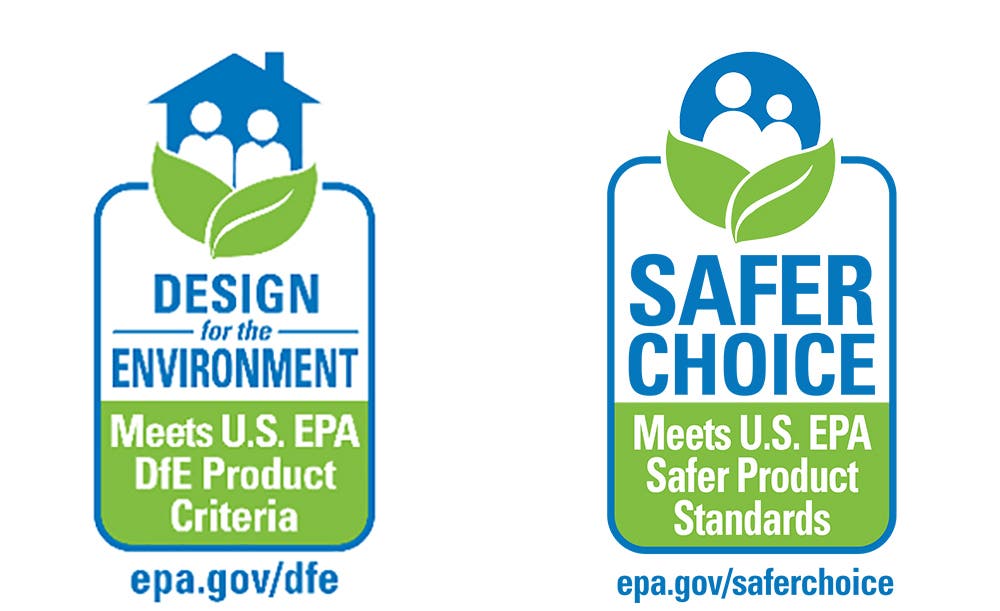Lactic Acid: An Effective and Eco-Conscious Way to Clean and Disinfect

You may have heard of lactic acid when reading the label of a disinfectant and thought, “what’s that?” Well, not only is lactic acid naturally produced and recognized as a safe substance by the FDA,1 but it also has unique features that make it a good alternative active ingredient in cleaners and disinfectants.
What is lactic acid and where does it come from?
Lactic acid is a naturally occurring organic acid. An organic acid is a substance that is acidic in nature, like lemon juice or vinegar. Physically, lactic acid is a colorless, stable liquid that is easily dissolved in water. It is naturally produced in humans and animals,2 and is commonly manufactured through natural and renewable resources. Lactic acid is often consumed from fermented foods including corn, yogurt, kefir, cheese and buttermilk.3,4
Is lactic acid an effective alternative to traditional active ingredients in disinfectants?
Yes! The antimicrobial properties of lactic acid have made it a popular ingredient in cleaners and disinfectants like hand sanitizer, dish soap, and household cleaning products. In disinfectants, lactic acid kills bacteria and viruses as effectively as traditional disinfecting products. In bacteria, lactic acid can cross the cell membrane and make the cell acidic, which kills the cell. It can prevent bacterial growth and can effectively remove soap scum, lime and hard water deposits.
Lactic acid is also effective against viruses. It can destroy viral envelopes or disable and denature their proteins. In fact, on List N the United States Environmental Protection Agency (EPA) listed lactic acid as an active ingredient in several disinfectants5 that are proven effective against:
- The coronavirus SARS-CoV-2
- A pathogen that is harder to kill than SARS-CoV-2
- A different human coronavirus similar to SARS-CoV-2
Eco-conscious does not mean less effective. When following the directions for use and contact time, EPA Design for the Environment (DfE)- certified disinfectants are as effective as their traditional counterparts and can even perform better depending on the formulation. In a recent study, CloroxPro scientists demonstrated that a lactic-acid based disinfectant was as effective as traditional disinfectants against multiple pathogens, including harder to kill viruses like norovirus and rhinovirus.
Where can I find eco-conscious products, including those that use lactic acid?
Ecolabels from credible third-party certifications (e.g., EPA-certified Safer Choice and Design for the Environment) are good tools to help consumers and purchasers quickly and easily identify more sustainable cleaning and disinfecting products. 6 To identify eco-conscious cleaning products, EPA manages the Safer Choice program; to identify eco-conscious antimicrobial products, like disinfectants and sanitizers, the EPA offers the Design for the Environment (DfE) certification. Lactic acid is an approved active ingredient for cleaners and disinfectants under EPA’s DfE program.

Whether a product displays the Safer Choice or the DfE label, EPA certification sets high efficacy and safety standards. EPA DfE certification standards include: no personal protective equipment requirements, no aquatic toxicity effects, and equal efficacy against pathogens as traditional disinfectants. EPA provides online search tools to help find Safer Choice and DfE-certified products, including those on List N.
Growing consumer advocacy for eco-conscious products has resulted in an increased interest in more naturally derived and effective antimicrobial alternatives. As a bio-based ingredient, lactic acid meets market and consumer demands for an effective, safer, and more sustainable solution to help create cleaner and healthier spaces.
References
1. U.S. Environmental Protection Agency (EPA). 2009. Biopesticides Registration Action Document for L-Lactic Acid. https://www3.epa.gov/pesticides/chem_search/reg_actions/registration/decision_PC-128929_1-Jun-09.pdf
2. https://pubchem.ncbi.nlm.nih.gov/compound/Lactic-acid#section=Bionecessity
3. https://pubmed.ncbi.nlm.nih.gov/28945458/
4. https://www.ncbi.nlm.nih.gov/pmc/articles/PMC7566098/
5. https://www.epa.gov/coronavirus/about-list-n-disinfectants-coronavirus-covid-19-0
6. https://www.epa.gov/greenerproducts/identifying-greener-cleaning-products






